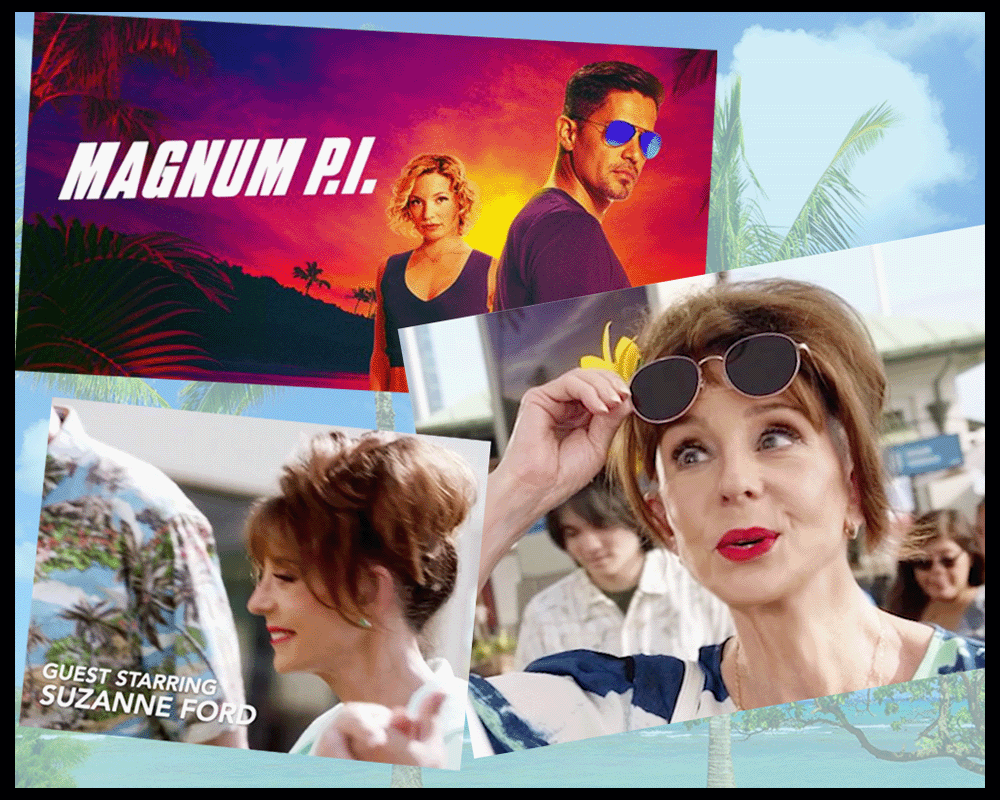Remember the Arts in Schools?
Hey! September 11-17 is National Arts in Education Week!

So what?
If you're anywhere over the age of, say, 35, and ever attended a public school, you might remember lots of classes in the arts. Music appreciation, drawing, painting and sculpting, creative dramatics, vocal and instrumental music, field trips to local theatre and symphonic performances, museums ... well, a lot of this is gone now. Because of money constraints and other more nebulous (some say subversive) reasons, kids in our public elementary schools today receive very little in the way of arts education. And it's taking its toll.
Lest you assume that arts in education doesn't matter that much to a child's future, here are some stats:
1. Students who study art are 4 times more likely to be recognized for academic achievement and 3 times more likely to be awarded for school attendance.
2. Arts and music education programs are mandatory in countries that rank consistently among the highest for math and science test scores, like Japan, Hungary, and the Netherlands.
3. Music programs are constantly in danger of being cut from shrinking school budgets even though they're proven to improve academics.
4. Federal funding for the arts and humanities rolls in around $250 million a year, while the National Science Foundation is funded around the $5 billion mark.
5. Researchers find that sustained learning in music and theater correlates strongly with higher achievement in both math and reading.
6. In a study of a high-poverty schools in Chicago, the schools that were participating in the Chicago Arts Partnerships in Education (CAPE) made huge strides in closing the gap between high- and low-income students’ academic achievement.
7. Multiple studies have concluded that curricular and extracurricular art studies and activities help keep high-risk dropout students stay in school.
8. New brain research shows that not only does music improve skills in math and reading, but it promotes creativity, social development, personality adjustment, and self-worth.
9. Research suggests that studying a second language is essential to the learning process, creative inquiry and critical thinking. Studies in foreign languages and the arts have proven to increase problem-solving skills and overall cognitive development.
Source: DoSomething.Org
There's tons more evidence, some of it empirical and some data-driven, but nearly every expert agrees that including the arts in education makes life and the future BETTER for kids.
So let's do something! One good thing about the age of the Internet is that it's actually very easy to make a difference. Here are just two ways:
1. Send a letter using this simple form from Americans for the Arts Action Fund.
2. Join the thousands of arts education advocates celebrating National Arts in Education Week. Contribute to the visibility campaign on social media during the week of September 11-17, 2016 by using the hashtag: #BecauseOfArtsEd.
Here are more links with information about how and why we should help promote the arts in education. Explore away, and remember that every little bit can and does make a difference!
.jpg)


















